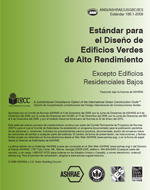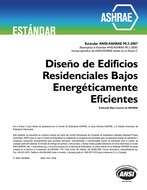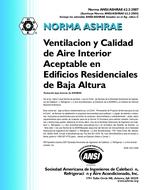Description
Ventilation effectiveness refers to the efficiency of a ventilation system to provide fresh air to the occupants, and dilute and remove internally generated contaminants. In ASHRAE Standard 62, it is defined as the fraction of outdoor air delivered to the space that reaches the occupied zone. Standard 62, however, does not contain practical information on how to evaluate and measure the ventilation effectiveness of the system.
Other researchers have developed and evaluated ventilation effectiveness measurement procedures applicable to ventilated airspaces. These methods, however, are applicable mainly for researchers, usually require sophisticated instrumentation, and are labor intensive. There is a lack of practical and economical methods that researchers and field engineers can use to quickly determine the effectiveness of a ventilation system.
ASHRAE initiated this project to address the need to develop practical and economical measurement procedures to evaluate the ventilation effectiveness applicable for mechanically ventilated animal buildings. Our approach in accomplishing this main objective involved three tasks: examination of the available methods and procedures for quantifying the ventilation effectiveness, conducting laboratory experiments to determine how the ventilation parameters (i.e., types of ventilation system, level of ventilation rate, location of pollutants source) affected the ventilation effectiveness factor, and conducting field measurements to verify the practicality and applicability of the chosen method in a swine building.
Units: SI
Product Details
- Published:
- 2008
- Number of Pages:
- 140
- File Size:
- 1 file , 6.2 MB
- Product Code(s):
- D-RP-1301




